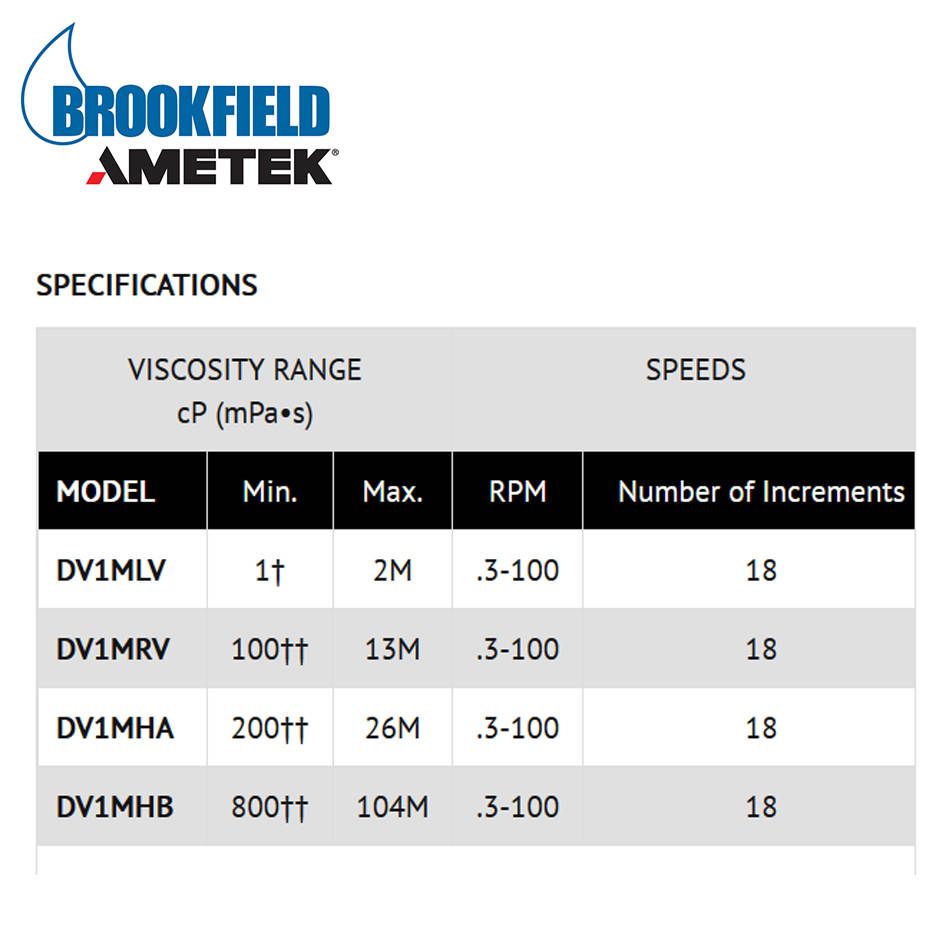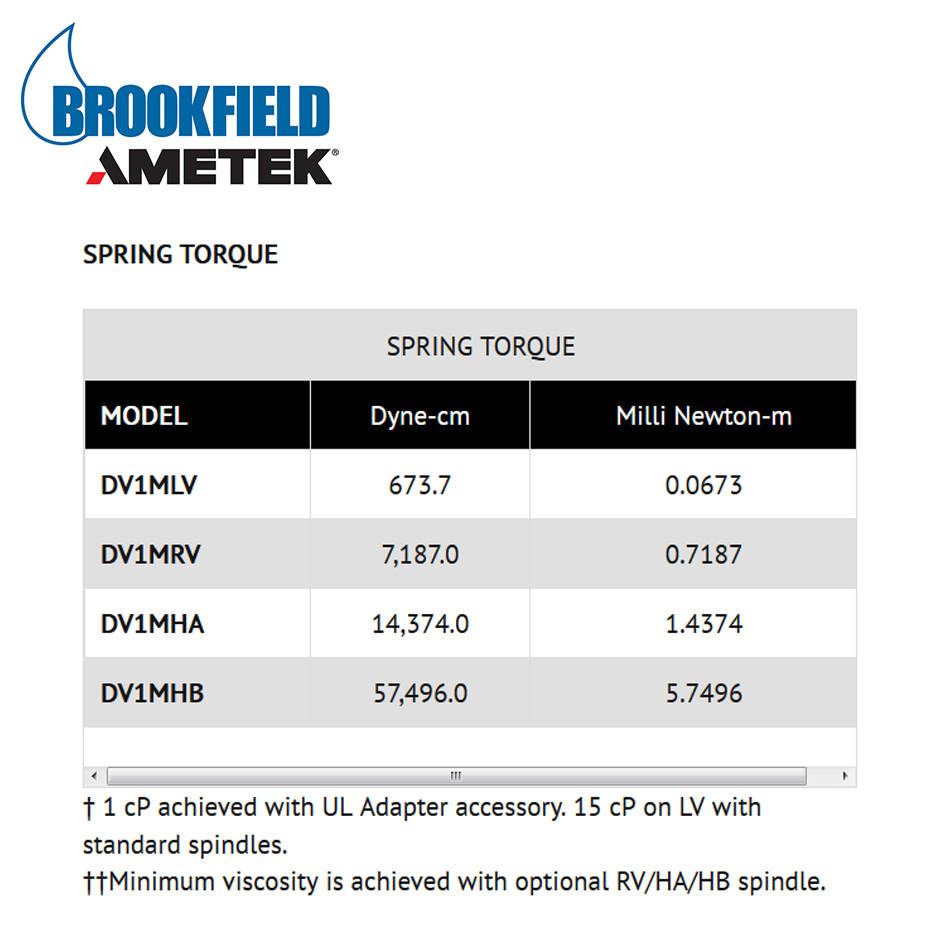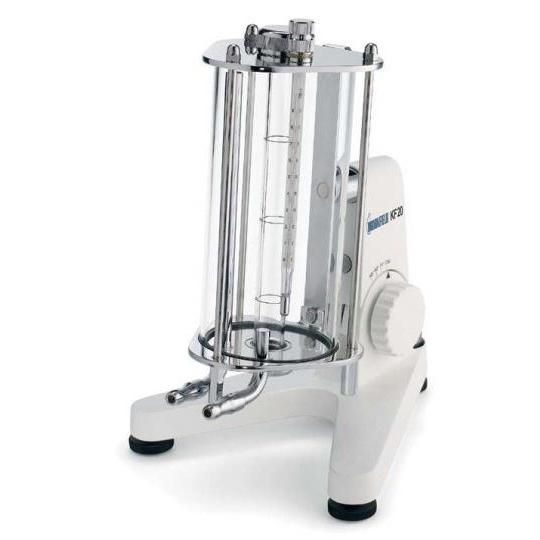
Batavialab - PT. Mitra Batavia Semesta
| (+62 21) 8371 7846 | (+62 21) 2868 1579 | +62 877 3917 7737 | sales1@batavialab.com |
A continuous sensing capability for rapid viscosity measurement makes this economical DV1 digital viscometer a standout. Measures viscosity and temperature simultaneously (with an optional temperature probe) with a choice of 18 different speeds. With its timed measurement function, data can easily be sent to a PC or printer. The DV1 is available in a choice of languages such as English, French, German, Portuguese, Russian and Spanish. Optional software allows the DV1 to collect, analyze and record test data.
FEATURES & BENEFITS
- PC Interface for use with optional Wingather SQ Software and output connection to printer
- Available as a choice of multiple languages: English, French, German, Portuguese, Russian, Spanish
- Simplified user interface for more direct access to features
- Direct access to time measurement function (time to torque, time to stop)
- Temperature off-set capability to ±5°C
- Senses and displays continuously
- Viscosity (cP or mPa·s)
- Temperature (°C or °F) (OPTIONAL)
- % Torque
- Speed (rpm)
- Spindle used
- Torque measurement accuracy: 1% of full scale range
- Repeatability: 0.2% of full scale range
- Select all functions from user-friendly keypad
- Choice of 18 rotational speeds
- Optional RTD temperature probe
- Auto-zero function to ensure precision torque measurement
- Auto-range function to define full scale range (FSR) for all spindle/speed combinations
- Warns of under- or over-range torque measurement condition
- Printing to Dymo® capability
- Timed Stop feature to measure viscosity at precise user specified time interval
- Time to Torque feature to measure the time interval for sample to reach user defined torque value
- Compatible with all Brookfield accessories
- NIST traceable viscosity standards available
TORQUE EXPLANATIONS:
- LV is for low viscosity materials and can measure the thinnest materials. Typical examples include inks, oils, and solvents.
- RV is for medium viscosity materials than those measured with an LV torque. Typical examples include creams, food, and paints.
- HA is for higher viscosity materials than those measured with an RV torque. Typical examples include gels, chocolate and epoxies.
- HB is for even higher viscosity materials than those measured with an HA torque spring. Typical examples include asphalt, caulking compounds, and molasses.








